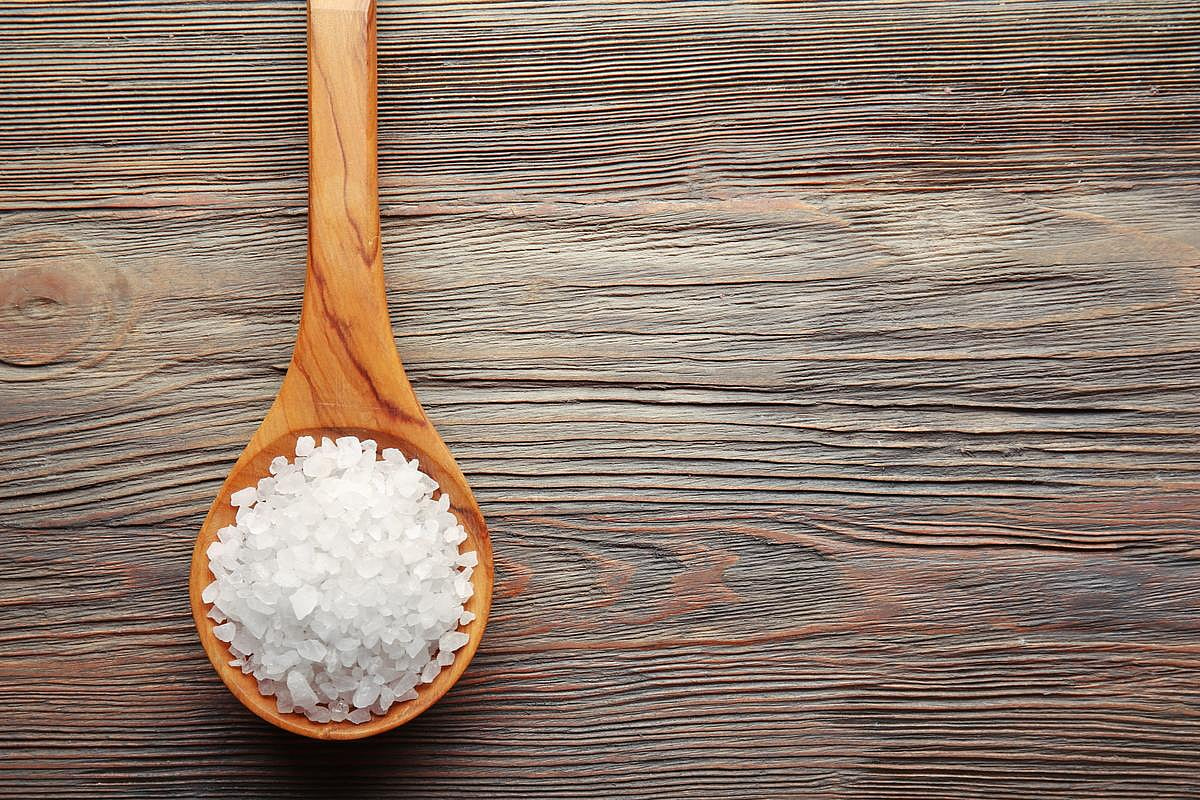Usage highest at 3.6 to 10.5 percent in those with treated, controlled hypertension and <5.6 percent for untreated, normotensive adults
By Elana Gotkine HealthDay Reporter
FRIDAY, Sept. 5, 2025 (HealthDay News) — Few U.S. adults use salt substitutes (SS), including those with hypertension, according to a study presented at the American Heart Association Hypertension 2025 Scientific Sessions, held from Sept. 4 to 7 in Baltimore.
Yinying Wei, R.D., from the UT Southwestern Medical Center in Dallas, and colleagues used data from the National Health and Nutrition Examination Survey to examine SS use among U.S. adults and hypertension subgroups from 2003 to 2020. Adults were categorized into four subgroups based on the presence of hypertension and antihypertensive medication use: treated/controlled, treated/uncontrolled, untreated hypertension, and normotensive.
The researchers found that among all U.S. adults, SS use remained low, peaking at 5.4 percent in 2013 to 2014 and dropping to 2.5 percent by 2017 to March 2020. Use ranged from 2.3 to 5.1 percent among eligible adults and was highest in those with treated/controlled hypertension (3.6 to 10.5 percent), followed by treated but uncontrolled hypertension (3.7 to 7.4 percent); among untreated and normotensive adults, use remained consistently below 5.6 percent. The odds of using SS were lower for adults eating out at least three times a week compared with those who reported eating out less frequently (odds ratio, 0.77).
“Salt substitute use remained uncommon over the last two decades, including among people with high blood pressure,” Wei said in a statement. “Even among individuals with treated and poorly managed or untreated high blood pressure, most continued to use regular salt.”
Copyright © 2025 HealthDay. All rights reserved.








